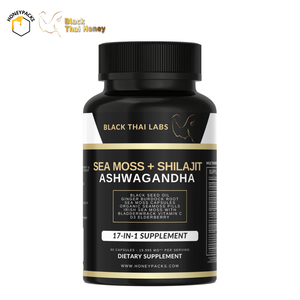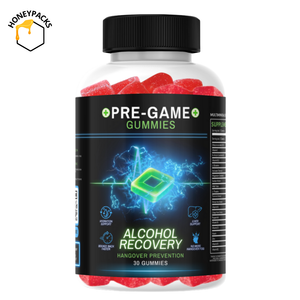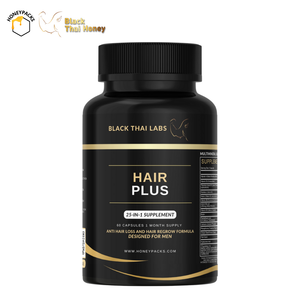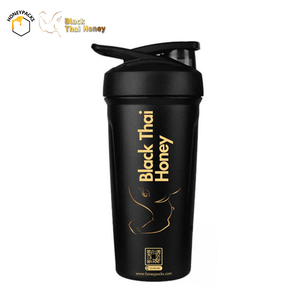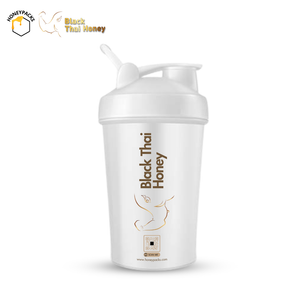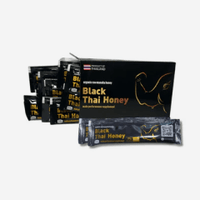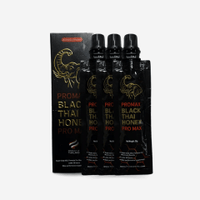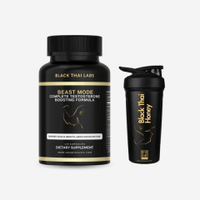Is Honey Considered Liquid On A Plane? TSA Rules Explained
Honey is classified as a liquid by airport security. To carry it in hand luggage, each container must be 3.4 oz (100ml) or less and fit in a quart-sized bag. Larger jars go in checked luggage, and international travelers must follow country-specific import rules.
So yes, if you’re planning to bring honey on a plane, you need to treat it like shampoo or lotion. It doesn’t matter if it’s thick, crystallized, or in a fancy squeeze pack. TSA still sees it as a liquid, and customs officers may flag it depending on where you're going.
Here’s what you’ll need to know before flying with honey:
- TSA treats all honey as a liquid, even thick or partially solid kinds.
- The 3.4 oz rule applies to carry-ons, so check your jar size, not just contents.
- International customs may ban or restrict honey due to agricultural laws.
- Frozen or duty-free honey isn’t always safe from seizure.
- Bringing honey packs for wellness or performance? TSA doesn’t exempt them.
Honey Packs get why this matters. Many of our customers fly with our performance honey packs and ask if they’ll get stopped at security. They can. Even our sleek, travel-friendly Black Thai Honey sachets must follow TSA’s liquid rules. If you're flying with more than a couple packs, you're better off putting them in your checked bag or mailing them ahead.
If you want a full breakdown, TSA guidelines, international customs insights, real-world packing tips, and how Honey Packs fits in, we’ve got you covered below.
What the TSA Says About Honey in Carry-On Bags
The TSA considers honey a liquid, regardless of whether it’s thick, sticky, or crystallized. That means it falls under the 3-1-1 rule, each container must be 3.4 oz (100ml) or less and fit into a single, quart-sized clear bag with your other toiletries.
This classification surprises a lot of travelers. After all, honey isn’t exactly pourable like water. But TSA doesn’t just go by what spills, it goes by consistency. Anything that can be squeezed, spread, or scooped (think peanut butter, jam, or yes, honey) is considered a liquid or gel.
Crystallized honey? Still a liquid
Even if it looks solid, TSA will treat it like a liquid because it melts, spreads, or softens at room temperature. Several flyers have had jars confiscated simply because the label size exceeded 3.4 oz, even when the jar was half-full.
People assume their thick or natural honey will fly under the radar. It won’t.
Will TSA make you open the jar or taste it?
While rare, TSA officers have the discretion to inspect or test suspicious substances. That includes opening sealed jars if needed.
To avoid a sticky situation, always follow the 3-1-1 rule, no matter what form your honey takes.
Flying with Honey Packs, Manuka, or Exotic Honeys
Wellness honey products like Manuka, royal jelly, or even performance honey packs like ours raise even more questions at security. And yes, TSA still classifies them as liquids. This includes squeeze packs, honey sticks, and supplement-style sachets.
Even though our Black Thai Honey is sold in sleek, single-serve packs designed for discretion and portability, TSA agents don’t make exceptions for packaging. If it’s squeezable and over 3.4 oz, or if you try to bring too many, it could be confiscated.
Can I bring multiple honey sachets if each is under 3.4 oz?
Yes, but only if they all fit inside your quart-sized liquids bag. TSA limits volume and total number of liquid containers. If you’re carrying several packs, that bag fills up fast.
What about freezing the packs before the flight?
Some travelers try this workaround, thinking frozen honey won’t count as liquid. It’s risky. If the honey thaws before inspection, or if TSA sees it as a workaround, it may be denied anyway.
Best move?
Check your honey packs. Or ship them ahead. It avoids the awkwardness of TSA scrutiny, especially with products tied to energy or performance.
Our advice: Don’t risk it at the gate. Put your wellness honey in your checked bag, especially if you're flying with more than one or two packs.
What About Duty-Free Honey? Can You Carry It?
If you're eyeing a local honey jar in a duty-free shop, you’re in luck, TSA allows duty-free honey over 3.4 oz under the condition that it must be sealed in tamper-evident packaging and either handed to you at the gate or delivered onboard.
This exemption is designed to make post-security purchases more convenient. But it has limits.
If you're connecting through another airport, especially internationally, you may have to pass through security again. At that point, your duty-free honey could be reclassified as a standard liquid and seized if it’s over the limit.
Always keep your receipt and original packaging. These can make the difference between a quick inspection and a confiscated souvenir.
Nonstop flights are your safest bet when buying honey at duty-free. If your itinerary includes a layover, it’s smarter to pack it in your checked bag or skip the purchase altogether.
Is Honey Considered a Liquid for International Flights?

Yes, almost everywhere.
Globally, most countries follow similar aviation standards to the TSA, which means any honey in your carry-on must be under 100ml (3.4 oz) and placed in your liquids bag.
But once you get past security, customs laws kick in, and they vary widely. Some countries allow honey with limits. Others prohibit it entirely to protect agriculture and biodiversity.
Quick Breakdown by Region
USA:
- Carry-on: 3.4 oz max
- Checked: No specific limit, but declare raw or unsealed honey.
UK/EU:
- Carry-on: 100ml limit applies.
- Checked: Up to 2kg typically allowed without issue.
Australia/New Zealand:
- Very strict. Must declare all honey.
- New Zealand only allows NZ-origin honey. Imported honey is often confiscated, even in small amounts.
Middle East & Asia:
- Usually lenient with processed honey.
- Must be sealed and clearly labeled. Still, always declare.
Failing to declare can lead to steep fines, even if it’s just a small travel-sized jar.
Countries That Might Confiscate Your Honey
While honey may seem harmless, certain countries take no chances, especially when it comes to protecting native ecosystems.
- New Zealand: Perhaps the strictest of all. Even commercially sealed honey must be declared, and most foreign brands are banned entirely. If it’s not made in NZ, leave it behind.
- Australia (Western states in particular): Sealed and labeled honey is usually accepted, but it must be declared. Limits can go up to 10kg, but undeclared items will be destroyed.
- China: Honey is allowed if it’s sealed and declared. Homemade or raw honey, however, faces much higher scrutiny.
Will I get fined for not declaring honey at customs?
Yes, especially in countries like New Zealand and Australia. Even a sealed jar can get you flagged if you fail to disclose it.
When it comes to international travel, transparency wins. If you're carrying honey, declare it, pack smart, and understand the rules of your destination before you fly.
Packing Tips: How to Travel with Honey Safely

Whether you're bringing home local honey as a gift or flying with your go-to wellness packs, how you pack your honey can make or break your trip, literally.
Here are our top travel-safe honey packing tips:
✅ Use plastic bottles, not glass: Glass jars are heavy and fragile. Transferring honey to a TSA-compliant plastic travel bottle can help you stay within liquid limits and reduce the risk of breakage.
✅ Wrap it like it’s going through war: Use bubble wrap, sealable plastic bags, and even a small container within your suitcase to prevent leaks. Place the wrapped item in the center of your bag, cushioned by clothes.
✅ Stick with original packaging: Customs officers are more likely to question unmarked containers. Labeled, sealed packaging makes your honey easier to identify and less suspicious.
If you're bringing more than a tiny bottle, just put it in your checked luggage. It’ll save you the TSA hassle, and your jar will be far less likely to end up in a trash bin at security.
Can I mail my honey instead of flying with it?
Absolutely. In fact, many travelers find it easier to ship honey home, especially if it’s part of a larger batch or business shipment. Just make sure to review shipping regulations by destination country.
Specialty Case: Can You Bring Honey for Medical or Wellness Use?
If your honey is for health, it must be exempt from the liquid rule.
Unfortunately, TSA doesn’t make exceptions for wellness or performance honey. Whether you’re bringing a Manuka jar for immunity or a Black Thai Honey pack for stamina, it’s still classified as a liquid. That means it must be under 3.4 oz and packed in your liquids bag if it’s in carry-on.
Can I call it a natural remedy to get around the rule?
No. TSA only makes exemptions for medically necessary liquids that are accompanied by documentation, and even then, it’s case-by-case. Performance honey and herbal formulas don't qualify.
So if you’re traveling with honey packs for personal use, treat them like you would any other liquid supplement. Keep them in your checked bag unless you only need a couple for the flight.
Traveler Mistakes with Honey at the Airport
Even seasoned flyers get tripped up by honey. It’s not always the item itself, it’s how it's packed, labeled, or declared that causes issues. Here are the most common (and costly) mistakes travelers make:
- Packing a half-used 8 oz jar in carry-on: TSA doesn't care if it’s half full, the container size is what matters. Anything over 3.4 oz will get tossed, even if only an ounce remains inside.
- Forgetting about connecting flights: You might clear security with duty-free honey at one airport, but get re-screened at a layover and lose it. If your flight isn’t nonstop, don’t rely on duty-free packaging to protect your item.
- Hiding honey packs in toiletry bags: Trying to sneak honey packs into your Dopp kit? Don’t. TSA scans every item and spots liquids fast, especially squeezable, gel-like items like performance honey sachets.
- Skipping the customs form declaration: Many travelers assume small amounts don’t need to be declared. That’s a fast track to fines or product seizure. Always declare honey, no matter the quantity.
- Non-English labels can raise red flags: If customs agents can’t easily identify your product, especially if it’s wellness-related, they’re more likely to pull it aside. Use clearly labeled, sealed packaging whenever possible.
Conclusion
If you’re flying with honey, here’s what you need to know:
- Keep it under 3.4 oz if it’s in your carry-on.
- Pack larger jars in checked luggage.
- Use leak-proof containers and original packaging.
- Declare it at customs, always.
And most importantly, don’t count on exceptions. TSA and customs follow the rules, not your reasoning. Whether it’s a gift, a souvenir, or part of your wellness ritual, honey is still a liquid, and it will be treated as such.
At Honey Packs, we make sure our Black Thai Honey sachets are sleek, travel-friendly, and discrete, but even then, we tell our guys to pack smart. Whether you’re flying with one or ten, the best move is to check your stash or ship it ahead.
